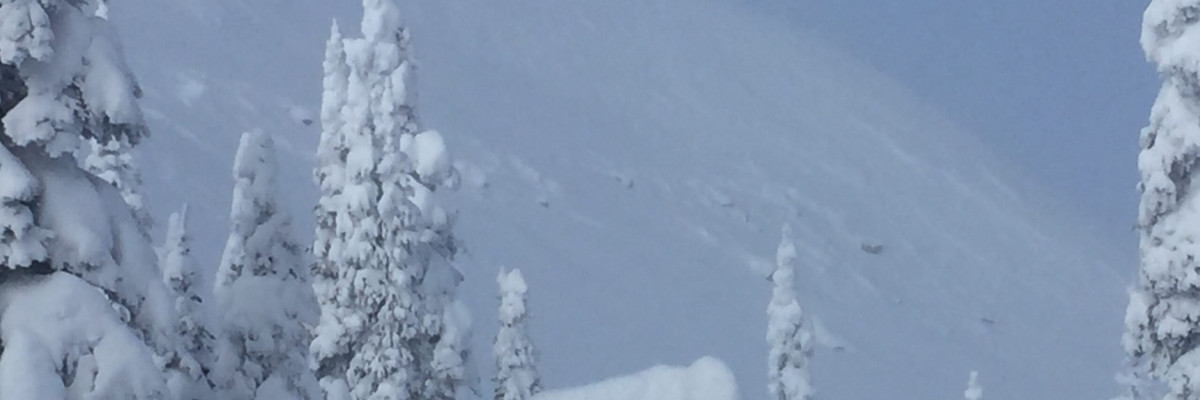The avalanche danger for the west central Montana backcountry is CONSIDERABLE. Dangerous avalanche conditions are present in our forecast area. Identify wind loaded slopes and avoid traveling on or under them. Human triggered avalanches are likely today, and natural avalanches are possible. Careful snowpack evaluation, cautious route-finding, and conservative-decision making are essential today.
Good morning, this is Travis Craft with the West Central Montana Avalanche Center’s avalanche advisory for February 12, 2019. This danger rating does not apply to operating ski areas, expires at midnight tonight and is the sole responsibility of the U.S. Forest Service.
Weather and Snowpack
Mountain temperatures range from 17 F to 24 F. In the Bitterroot winds are 6 mph with gusts of 10 mph out of the South. In the northern part of the advisory area, winds are 7 mph and gusting 16 mph out of the South. Snotels are reporting between .5 and 1.2 inches of SWE for the last 24 hours.
The primary avalanche problem today is wind drifted snow. Look for wind slabs on leeward slopes. Moderate to strong winds were cross loading some slopes, ridgetops, and creating large cornices. We got shooting cracks and saw a cornice fail naturally, all signs of instability. Look for wind deposits lower down on slopes with the strong winds and in unusual places. Identify these slopes and avoid traveling on them. (Video)
The second avalanche problem is new snow. Several new inches of snow has fallen in the forecast area. Look for large loose snow avalanches and storm slabs. We saw several point releases yesterday and saw the new snow start to slab up later in the day. Shooting cracks and natural avalanche activity are red flags of instability. Use small test slopes with low consequences to see how the new snow is bonding to old snow surfaces.
The final avalanche problem is persistent slabs. We have weak layers in our snowpack, buried surface hoar, and facets. Dig a pit 3 feet down and see if any of our weak layers are reactive in pit tests.
Bottom line: Dangerous avalanche conditions exist today. Avoid traveling on and under wind loaded slopes. New snow will be sensitive to human triggers. Use test slopes and lower angle terrain to check the bonding of new snow to old snow surfaces. Pay attention to changing conditions and look for red flags(shooting cracks, natural avalanche activity, collapsing, and new loading). Dig a pit 3 feet down to check for the dragons lurking(weak layers) in our snowpack.
Avalanche and Weather Outlook
Snow is predicted today and through the night. See the forecast here. With the predicted snow totals look for the avalanche danger to increase.
If you get out into the mountains, please share what you see on our public observations page. They are not only helpful to your community but extremely helpful to us.
Ski and ride safe.














